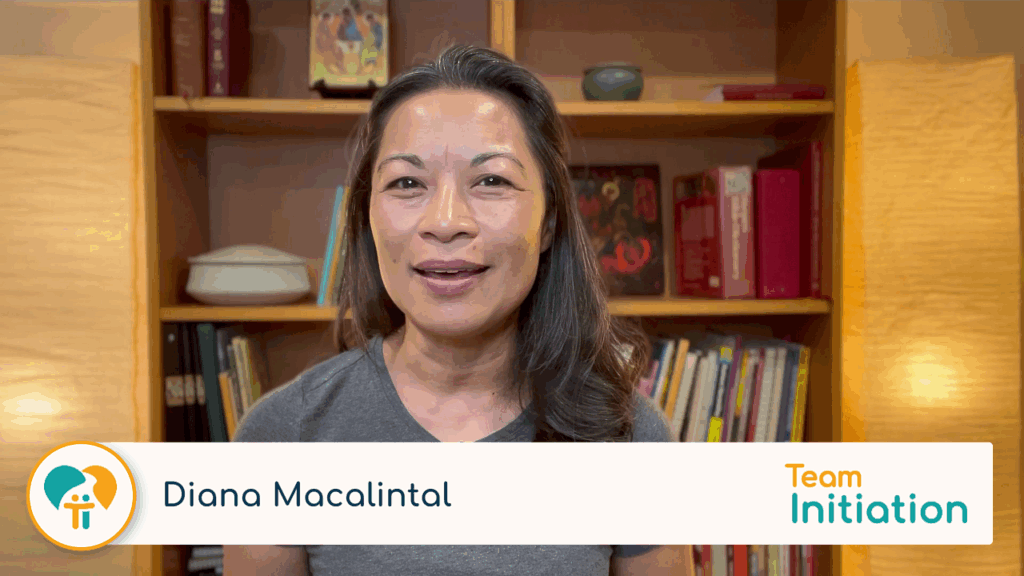This editor’s note appeared in the October 2008 issue of Religion Teacher’s Journal.
A while ago, I decided I was out of shape. In an ill-considered fit of “healthiness,” I took up jogging. I was probably influenced by some of my friends who go running. If you’re wondering what the difference is, there really is no difference—except jogging is slower. So I practice an oxymoronic exercise—slow running.
My running friends seem to enjoy their sport. I, on the other hand, tend to think of jogging as penance for past indulgences. Like any penance, I suppose it is “good for me,” but I wouldn’t call it a joy. That is, until one day when I hit my stride. My jog began worse than usual. I wanted to quit almost as soon as I started. It was hot outside, and my legs felt tight. I started bargaining with myself, trying to motivate my rebellious muscles to push on just a little farther. “The next corner,” I panted to myself. “Just make it to the next corner, and then you can walk the rest of the way.”
Except when I got to the corner, I discovered someone had switched out my legs with those of a runner. I felt light and easy. I was breathing regularly, and there seemed to be a gentle force pushing at my back. I was actually having fun.
I think Saint Paul must have been a jogger (not a runner). In his second letter to Timothy, he sounds like he’s just back from a particularly grueling circuit: “I am already being poured out as a libation, and the time of my departure has come. I have fought the good fight, I have finished the race, I have kept the faith.” (6-7)
I think of Paul and his faithful race when I’m having a hard time finishing my jog. I think of him more when I’m having a hard time following the cross.
In the Rite of Acceptance, we ask the catechumens if they are willing to run the race, to follow the cross. And of course they say yes, poor things, hardly knowing what could possibly be ahead of them. The church, in its wisdom, knows that those who are new to the faith—catechumens, young children, whomever—will have difficulty getting into their running shoes every day and persevering, even if just to the next corner. So the Rite of Acceptance then shifts focus to us—the disciples, the practiced joggers and runners for the faith. The rite asks us, “[A]re you…ready to help these candidates follow Christ?”
Are we willing suit up, put on the running shoes, push past the next corner, and faithfully run the race every day? Our learners are standing by, waiting to find out.
![Jog Jog Jog... by enggul [via Flickr]; Tagged as RTJ RCIA (Rite of Christian Initiation of Adults) image posted by TeamRCIA](http://farm4.static.flickr.com/3052/2691380902_f8af7acf31_m.jpg)

















